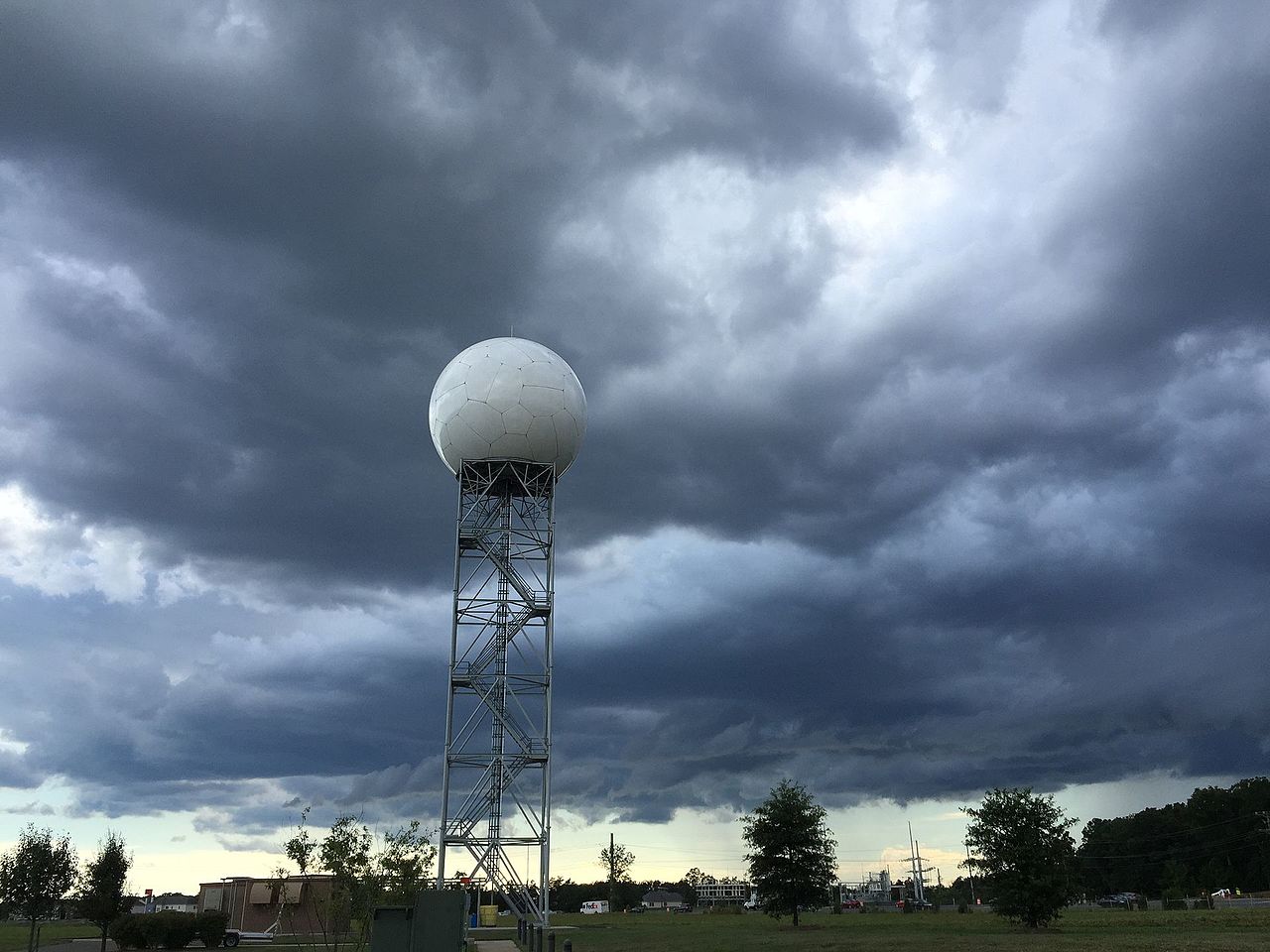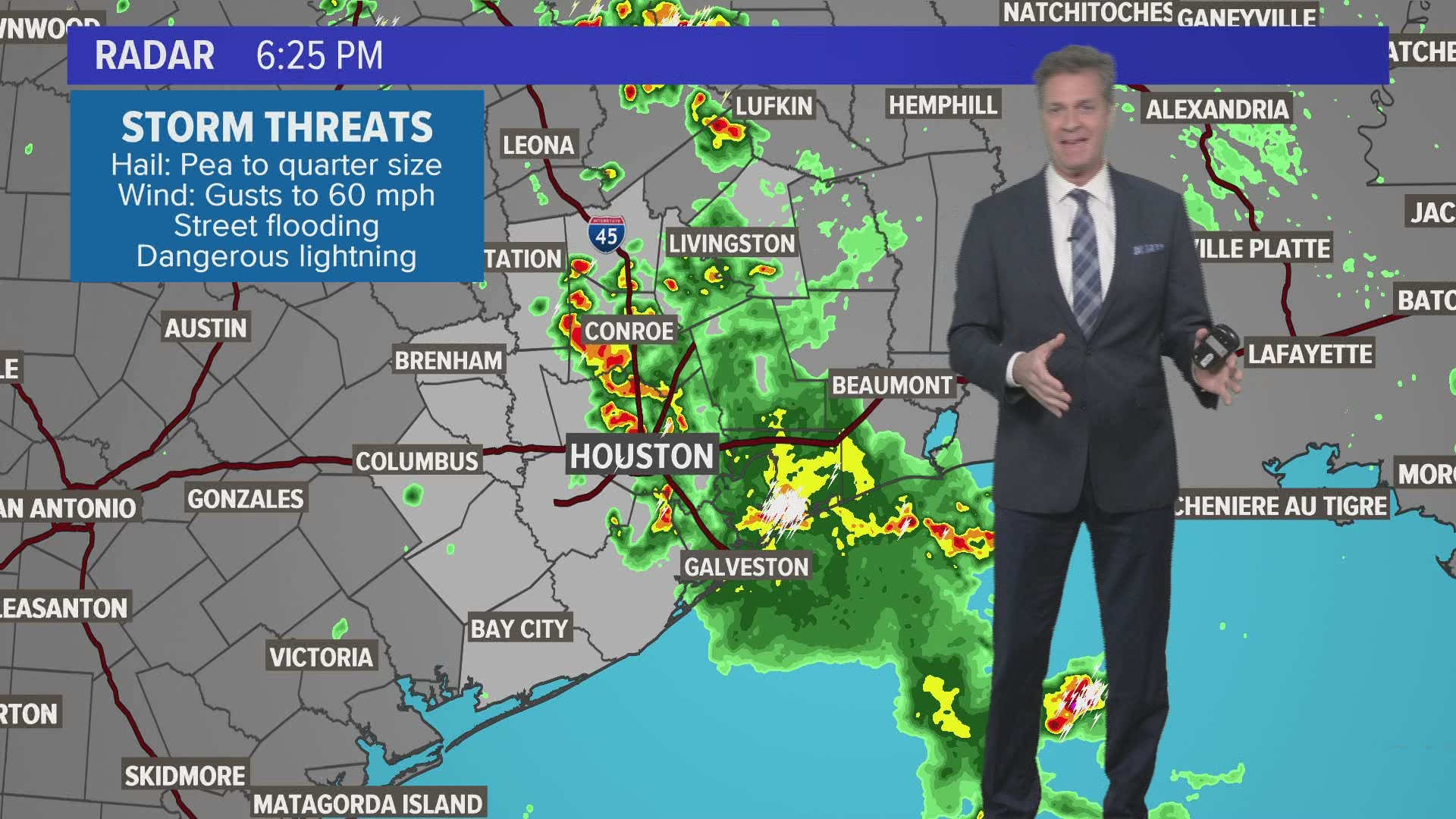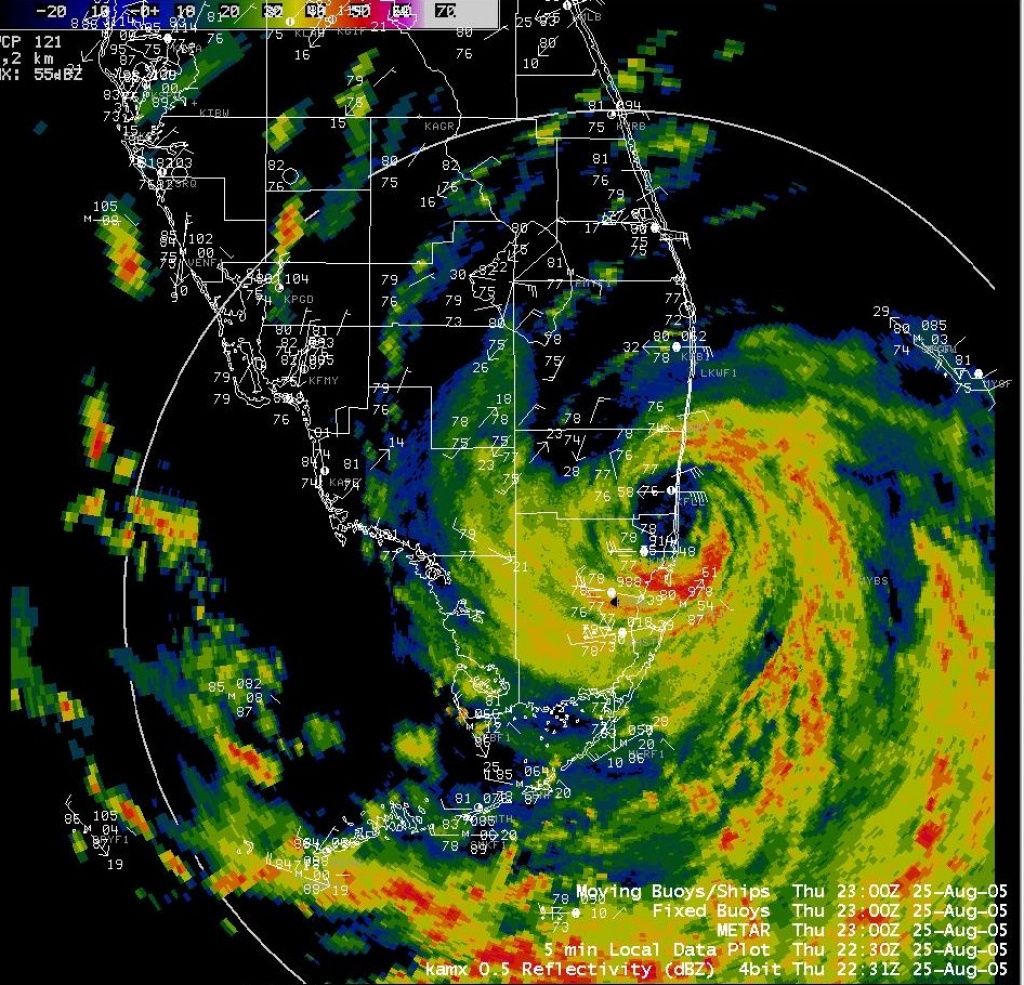

Without the additional beliefs, it is possible for a player to be prompted to select a pantheon, but a blank screen will be displayed with all pantheons already awarded to other players, thus preventing the game from continuing (as of this writing, some players have reported a hot key workaround if such an error is encountered, allowing the game to proceed).
WEATHERRADAR 19355 MOD
The religion expansion mod also allows for more religious beliefs, which is critical when playing a large number of civilizations to ensure that the game will not run out of pantheon beliefs before the player achieves this by earning faith. The "Jersey system" mod allows every civilization in the game to be rendered with a national color, whereas playing with too many civilizations in the stock game causes some civilizations to have transparent city names with no colors. However, since the original game was only designed for a limited number of civilizations, additional add-ons are required to both allow for nations to be properly rendered as well as having enough religious beliefs for all players (especially pantheons) The original Civilization VI maps provide for around a twenty civilization maximum, while it is possible in the Not-Yet mod to play every civilization and city state available.

At the time of this writing, the original Earth and Europe maps operated under the Mod, but the Asia and Mediterranean maps did not. Once the Not-Yet mod is active, some players have reported the stock Civilization Vi true starting location maps failing to properly load. While the stock Civilization VI maps generally are smaller, preventing some civilizations (most notably England and Japan) from having room to expand on their original land masses, the Not-Yet Earth pack allows for large coastlines and more starting territory for these island nations.

In addition to the Civilization VI stock maps, a major add on, entitled "Yet (not) Another Earth Maps Pack" may be subscribed through Steam for larger and more accurate maps. Geographical locations for all major civilization and city state starting locations
WEATHERRADAR 19355 MODS
All of these maps use a template for starting locations which applies across all maps and mods as well. To start with Civilization VI stock maps, the game provides for a Huge Earth Map with True Starting Locations as well as true starting maps for Europe, the Mediterranean, and South East Asia. True starting locations in Civilization VI Beginning with the stock maps available in Civilization VI, the mod "Yet (not) Another Earth Maps Pack" is a repository of several Earth wide and Earth regional maps all designed to depict true civilization starting locations as well as the historic starting locations of city states. Since hail can cause the rainfall estimates to be higher than what is actually occurring, steps are taken to prevent these high dBZ values from being converted to rainfall.Playing a game with true starting locations can be very enjoyable and fulfilling and there are quite a few maps available for this purpose. Hail is a good reflector of energy and will return very high dBZ values. These values are estimates of the rainfall per hour, updated each volume scan, with rainfall accumulated over time. Depending on the type of weather occurring and the area of the U.S., forecasters use a set of rainrates which are associated to the dBZ values. The higher the dBZ, the stronger the rainrate. Typically, light rain is occurring when the dBZ value reaches 20. The scale of dBZ values is also related to the intensity of rainfall. The value of the dBZ depends upon the mode the radar is in at the time the image was created. Notice the color on each scale remains the same in both operational modes, only the values change. The other scale (near left) represents dBZ values when the radar is in precipitation mode (dBZ values from 5 to 75). One scale (far left) represents dBZ values when the radar is in clear air mode (dBZ values from -28 to +28). Each reflectivity image you see includes one of two color scales. The dBZ values increase as the strength of the signal returned to the radar increases. So, a more convenient number for calculations and comparison, a decibel (or logarithmic) scale (dBZ), is used. Reflectivity (designated by the letter Z) covers a wide range of signals (from very weak to very strong).

"Reflectivity" is the amount of transmitted power returned to the radar receiver. The colors are the different echo intensities (reflectivity) measured in dBZ (decibels of Z) during each elevation scan.


 0 kommentar(er)
0 kommentar(er)
